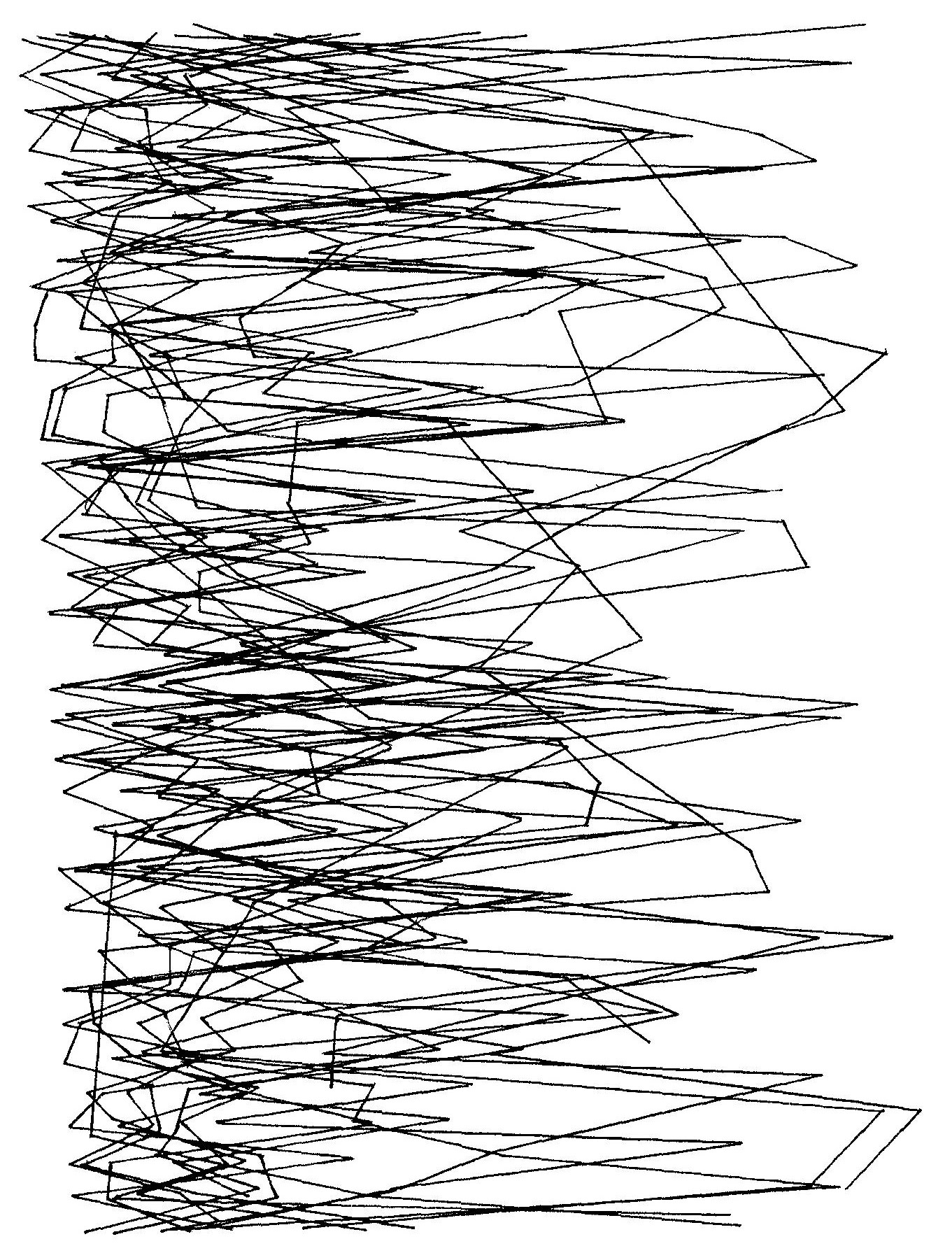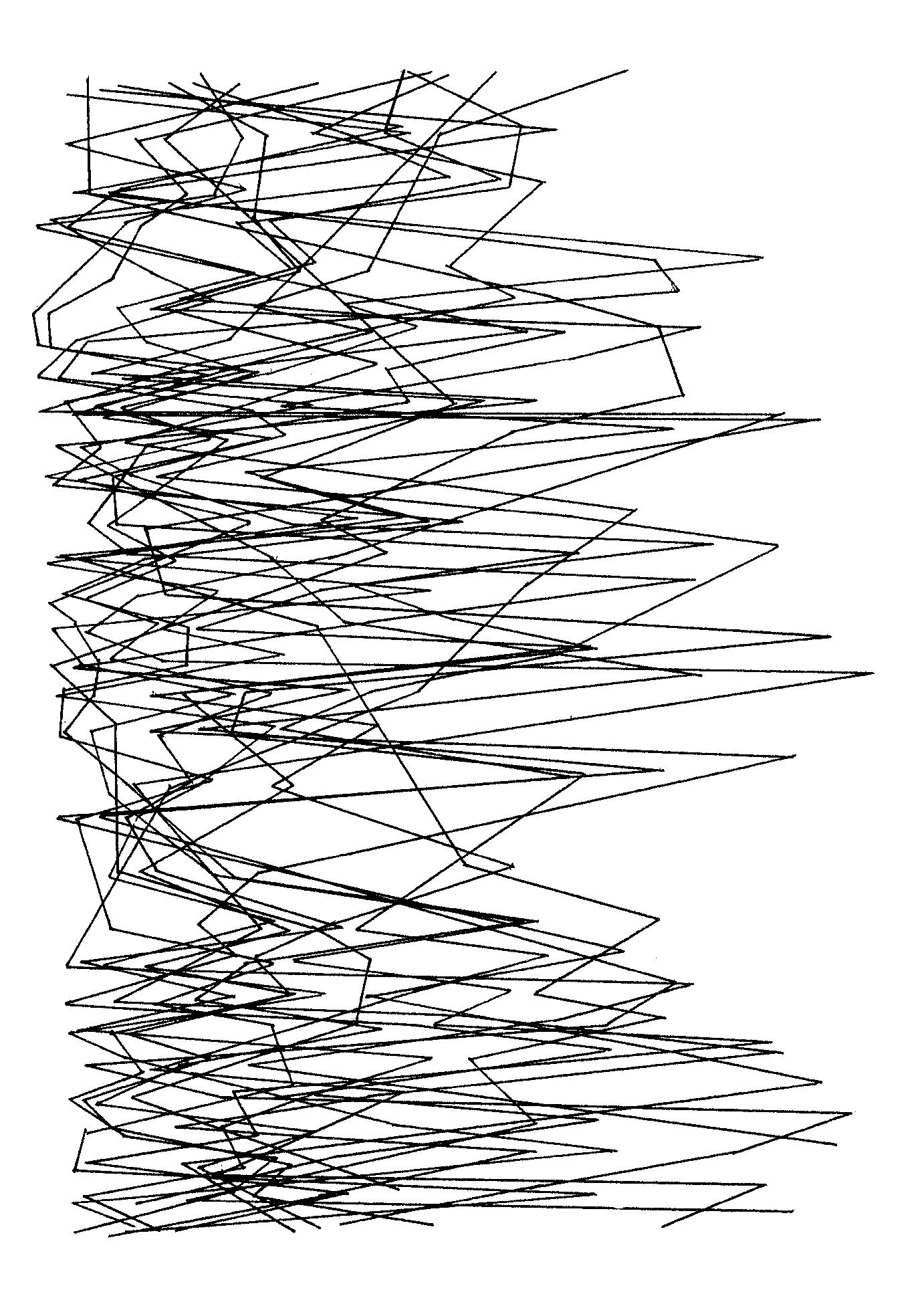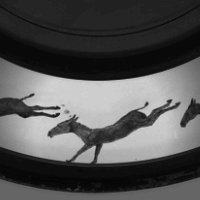Rapley, Tim. “Interviews.” In Qualitative Research Practice, by Clive Seale, Giampietro Gobo, Jaber Gubrium, and David Silverman. SAGE Publications Ltd, 2004. https://doi.org/10.4135/9781848608191.d5.
Source: Andrew Lozovyi. Cropped image of handsome businessman giving interview to journalist with voice recorder and looking at camera in office. Deposit photos
Summary
Claim: Firstly, the interview (in its many forms) pervades and produces our contemporary cultural experiences and knowledges of authentic personal, private selves (3). Secondly, interviewing is currently the central resource through which contemporary social science engages with issues that concern it (4).
Keywords: qualitative interview, qualitative, research, practice
Supports/opposes who: Grounds in Atkinson and Silverman, 1997. Seale (1998) for the dual notion of data-as-resource (only belongs ot interviewee) vs data-as-topic (jointly produced between interviewee and interviewer) (5).
Method: A step-by-step instruction of how to do an interview. Firstly discusses epistemology, how the knowledges are produced in interviews. Secondly, goes through the stages such as recruiting, compiling list of questions, beginning the interview, interactions with interviewees, avoiding bias. Second part consists of tips on how to interact during the interview, how to analyse them and to think with interview data.
Among the limitations of the method it is pointed out that no interview can stand for observational data (Strong (1980), 35).
In conducting interviews, ‘engaged, active or collaborative’ interviewing approach is advocated (introducing a topic, listening and asking follow-up questions, interjecting to share personal experience or opinion), against a "everything goes" policy (28). The idea is to be there as a figure of focus for the interviewer, and a mediator of the interview process (calling for breaks if need be, taking hand written notes) (9). Important introductory moves are "taking out the tape-recorder, re-asking their permission to record and re-explaining issues of confidentiality and anonymity" (10). Rapport, that is establishing relaxed and encouraging relationship, as well as neutrality are seen as the two important attitudes throughout the interview process (12). In the latter, while avoiding bias is essential, not being neutral is beneficial when it means seeing other as "a human being" (13), going as far as mutual self-disclosure (26). Some ideas are given about the interview as "rules":
• you should ask some questions;
• selectively follow up on specific themes or topics;
• allow interviewees the space to talk at length (18)
In analysing interviews, a 'broadly discursive approach' is discussed (29), mentioning such methods as conversation analysis, critical discourse analysis, discourse analysis, membership catergorization
analysis and narrative analysis (39). The aim of this approach is not to establish the truth, but rather find out how specific truths are established (29). Constant comparison method (Glaser and Strauss, 1967) as the technique where codes are continuously refined. In terms of broader framework, a more "layered" approach is offered. This consists of, independently of interview, exploring the context, finding sources, and through that locating key analytic themes, which are then discussed with the interviewees. During the recruiting phase the interviewer decides which voices should be heard with regards to the research topic (30).
Why important
To academics: as a learning resource, to recognize the value of an interview broadly as per the two claims above, and to be able to analyse the interview process, analyse what actually happened (5).
To general public: we all, as parts of "interview society" "just know ‘at a glance’ what it takes to be an interviewer or an interviewee" (4) - however it's not as clear cut as it seems.
Relevance to my research:
- - - -
Notes:
It is important to see the interviewee in the broader context and link to that context in the process of interview itself, as well as when analysing it (36).




